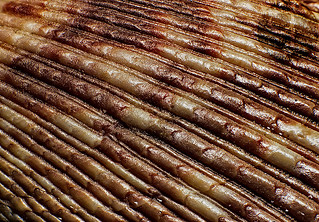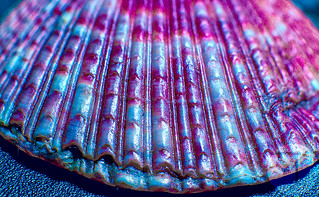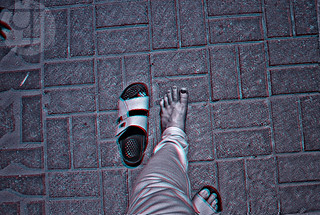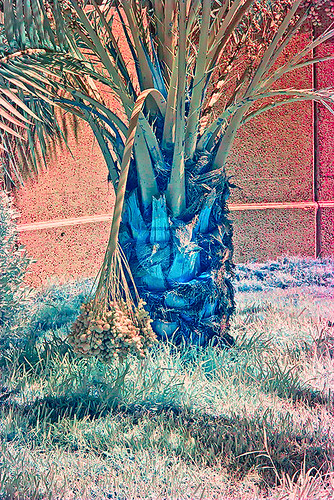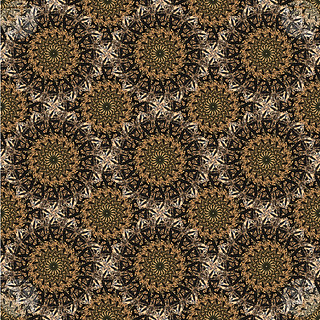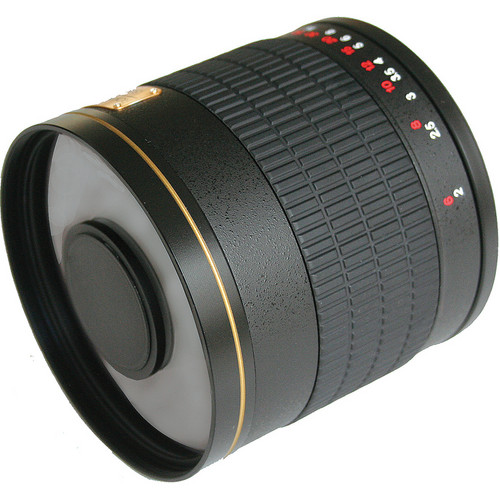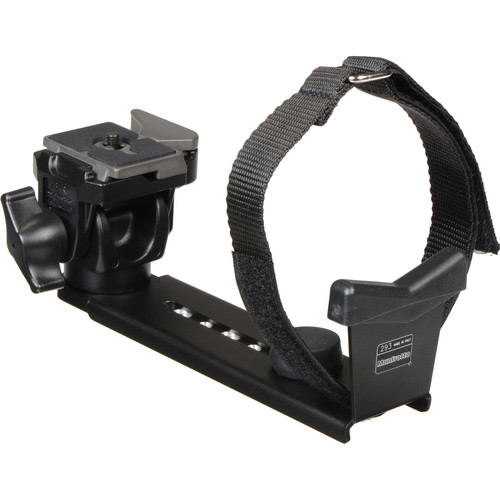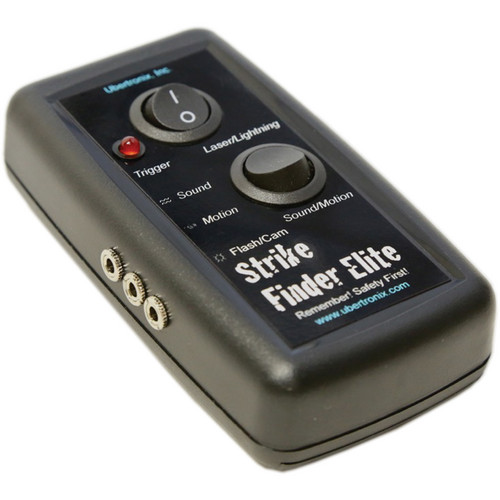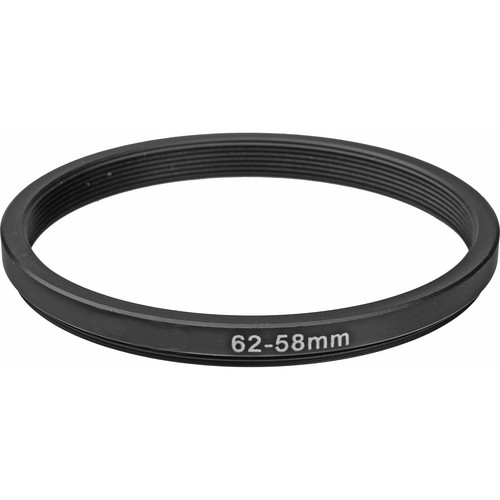Shellelagh
Well, I know, the original word is "Shillelagh" but changed here on purpose. In this section, I just would like to list some of the latest shell shots I've made; And some of them seem interesting. I think I did have another collection elsewhere but can't remember where did I keep it. Anyway, for the time being, I'm going to satisfy myself with this one and, who knows, maybe re-shoot it again at different angles or with different magnifications... etc.
I did mention in my previous blog post here that I had a problem with my Bolt LED ring light, and that problem was that it could not be fitted on Vello's macrofier which helps me on reversing the lens and achieve greater magnification at the least effort, and with better focusing range. Well, as you can see here, the problem seems to have been partially solved with some electric tape. I had to tape the edges of the adapter ring to the macrofier (and secure that with another strip of tape on the circumference of the macrofier). Only then, I was able to click the LED ring onto the macrofier. The situation was shaky, and the main problem was the quality of the tape itself; IT SUCKED big time. That's why I needed to secure it with a strip across the circumference. Anyway, I did take some shots in this setting and things were interesting as well!
The previous two shots were shot using this DIY solution with Bolt LED ring. Of course, at f/11, I didn't use the flash property of the ring, but rather kept it on (like a modeling light on regular speedlites and strobes) and each shot for the stack did take few parts of a second (still longer than 1/250s, the sync speed). Another problem rose up here is the bulkiness of the ring which sometimes made it cumbersome to do focus stacking at specific angles, but I blame that on the setting I'm having already to shoot these shells. As I get closer and closer to the shell, there is a chance that the LED ring light would hit the edge of the box or the table upon which the shell would be residing. All in all, it is a promising venue and I might find myself using it again to have somewhat balanced lighting around my subject, as well as some interesting luster as in Shell Fudge. The baby oil here did some good job. Anyway, after shooting these two, I was back to using my speedlite to shoot.
The main reason for switching back to the speedlite (with light bender attached to it) was to add some unidirectional light to give a sense of depth to the subject this time. The grooves on this shell, as can be seen in the documentation shot above, called for some depth. Not saying it won't be beautiful under a flat light like the one from Bolt but it is just the role of the idea, and I wouldn't be able to judge for real until I see the final results and compare between the unidirectional and the flat light. Anyway, after the documentation, it was the time to do some work, as usual, with focus stacking.
Because of the relative size of the shell, I didn't wish to go with extreme macro and lose sight of the fine lines here, so I just used extension tubes to get closer to the shell with my 50mm lens. Ironically though, it does seem to be quite a magnification (by looks) despite being less than 1x even! I think it is the power of Abstract. I can't remember how many shots were taken to do the focus stack for MacroPiping but the speedlite's main batteries were dying out already, and when I started to work with An Fathach later, it went down completely in the mid of my work. So, I had to satisfy myself with that much of shots and do the focus stacking for An Fathach at that level alone.
It was a good thing that I used baby oil here but in a different technique. Instead of dipping the shell, I used cotton swabs (those used to clean the ears) to pass the oil on the shell in every possible way. Adding to that, the shell was left for a relatively longer time than other shells before to be exposed before shooting it, and that somehow made the oil get "absorbed" or something. Anyway, the luster was not harsh like before because of this AND because of diffusing (using a paper) and using a relatively lower power for the speedlite (and somewhat raising the ISO a bit). Well, despite the lower power, still, the speedlite died out as I was working on An Fathach! Worth noting here that An Fathach was worked out using the LAB technique to enhance and pronounce the colors further. This is all for the work with shells so far but I might work further when I find more shells hiding in my room or something! I'm sure I did have more those small ones.
Stroll
As it is quiet in my workplace, I decided to take my camera gear with me (minus the tripod) just to try the new Neewer infrared filters which I got a while ago. I didn't have much in mind to do really, but the shots I've made proved to be "awesome" in their own way, as it came clear later on.
One of the goals I had in mind, though, is to try to use the high IR filters (of thresholds starting from 820nm and beyond) to show the blood vessels. Showing the veins using IR is common now I presume in the medical field, but I'm talking here about mere photography using infrared filters. I tried to use the speedlites (well, more like the on-camera flash and high ISO) but seems it didn't work well. I thought, then, that we might need some higher intensity of infrared, and thus thought of shooting my own hand as you can see above, under the blazing sun around my workplace. Why my workplace? Well, this is the only time of the day that I have time, power, AND mood to work under the sun like that. After going back home I'll be completely exhausted and barely able to touch the camera even. Hand Veins was shot using IR950, which supposedly has a threshold of 950nm and the veins did show clear under the thumb (mount of Venus as they call it in palmistry) as well as some tiny veins around the index and the little fingers. The image above had been cleaned off noise a bit but still the veins look clear.
I tried to shoot my own foot as well and see the veins, and they did show a bit actually but probably the distance didn't help here (using my Voigtländer 20mm lens here). The look was pretty interesting here; The black sandal turned white, the blue pants turned white, and the white nails turned black! I did take several shots trying out to adjust the focus (manual here, no AF) and eventually turned these shots into an anaglyph. The illusion of the depth is not bad either.
The remaining of the stroll spent on trying various infrared filters as well as the H-alpha (dubbed as "Night Sky" filter!). I like to call this filter a "weak infrared" since it works in the range of the Reds and infrared. Worth noting that all these shots were shot without calibrating the white balance in-camera, and all was done while processing the RAWs.
While processing these test shots for IR750 and the H-alpha filters, I've increased the Vibrance of the colors intentionally to show the faint colors. Well, they were not so faint with the H-alpha filter in Alienizing but it was for the better. Moreover, channel swapping gave the leaves that distinctive reddish look and turned the sky blue. If I want to talk about those artistic infrared filters with their colorful look, I would say that the H-alpha filter is the one to pick for this mission here! My old B+W 092 infrared filter (threshold about 650nm or so) did render some colors as well but probably not to this degree. My stroll at work did not end there, though, and there was some more to come, but not till I had to go back home and check these test shots again and again.
Plethora
In that stroll at work, there were many test shots for other infrared filters like the IR850 and IR950 again and again and they were rather random. Some of them were even out of focus a bit (ir's hard to focus using LiveView under the harsh sun). However, it was a chance to play!
I'm not sure how things started with this play, but probably I was under the influence of the Islamic geometrical arts (naturally, I'm fond of them but never practiced them). I've been reading about some of the details of these creations, particularly in Andalusia, and I do follow already some artists who perform such arts (and they are not Arabs nor Muslims). It is mesmerizing indeed, the way of combining those abstract lines and then create complex regular patterns out of such lines. Frankly, I could never understand it. Anyway, all I have here is simply Photoshop and a single photo in front of me, with which Octuplum Abstracta and other patterns or textures were made. In fact, I already envision Octuplum Abstracta as a design on a tile or ceramics of some sort and used for building. Not sure how this is done and how it's possible but if I can I would. This actually lead me further to more abstracts, starting with Octuplum Abstracta just to envision how a tiling using this design or abstract would look like…
The result is mesmerizing. I wish now if I have a room (or even a bathroom) with this complexity (with maybe some vibrancy to the colors added). The possibilities are endless, and you can still get some regular shapes and lines with every setting you might think of; Just like in a kaleidoscope. All of that was just from a single photo alone, but yet I had to check other photos as well (mainly those which I couldn't make out something out of).
While Octuplum Abstracta was somewhat random in its creation, Black Magic was not. Not completely but I did have this idea of creating a 16-fold star or polygon out of the photo, unlike the eight-fold done in Octuplum Abstracta. I did read that 16 points stars in the Islamic geometrical designs are not common, and probably those of 24 points are even more scarce. Thus, I've set my mind on creating 16-fold polygon out of this photo and so the work on replication and arranging the copies of ONE image were all somewhat calculated and not random completely. I can't remember even what was the original photo! In Black Magic, I inverted the colors by the end of the work and it proved more dramatic than its original almost dull blue or cyan color (typical color for processed infrared images). I was not disappointed. Now this design, I envision it to be on some sort of fabrics as well as ceramics. I don't have a commercial mind unfortunately, but these 3 abstracts above are uploaded and accepted already in a number of stock websites like Canstockphoto, Dreamstime, 123RF, as well as Mostphotos. I might even consider working on some old photos to create abstracts and textures, but I also have to make sure not to forget about my camera and to do some original photos as well (which I'm trying hard during these days as well).
Finale
I've probably talked about this poem which I was thinking of jotting down in my previous blog post, and after some hard mental work (with the help of some randomness from some brainstorming websites) I did pin down something, which I've callled Smashed.
 |
| Smashed |
The poem was originally inspired by the looks of a shell as I was doing my work on documenting them (as you can see on the left). I loved its shape, its colors (channels swapped here) and the stripes, despite all the breaks and holes in it. I think it even lost its topmost tip. Yet, it still looks beautiful. I was moved and I have to say that I don't usually get moved by a static object like this and typically I would need more to ignite my writing appetite. But well, let's say challenge accepted.
SmashedCommon as it appears to most
an apogee had never risen up
But how often obviously hidden
truth of matters out of a sudden
Beauty need not to boast.
Such as a Palestinian home
deprived, and setting off a ghost town
Attitude never deemed it hollow
on the struggles, it has to follow
A home sweeter than Rome.
A rider over the heart-breaks
mending it life-long as you are
By the cracking, the shimmering glow
elegance, of hope, of which you show
Despite the mistakes.
In swiftness pass over my cheek
the glamour, and all that keeps me warm
By the touch, which in holes is filled
and by sweetness which you've fulfilled
Smashed and so is unique.
The rhyming scheme here is ABCCA. I've stated before that I use Verse Perfect to write poems and it has many aids including rhyming styles, yet ABCCA is not one of them. I'm not sure why I picked this style really but probably things were initiated in that way from the beginning of the writing (typing) process. I did find some samples on the internet as I was searching for more information about this style, yet it didn't really have a name it seems and samples of such a rhyme are rare (in my case I've found only one). Yet, after reading it further and further, I might apology with some regret for the (B) part in the rhyming scale; Probably should have turned it into (A) to be AABBA. But is not that rhyming scheme so common? The rhyming here is not the end of the story actually. The hardest part for me was to keep a static syllable count for the verses as much as possible, and that was kept at (8,9,9,9,6). I'm not sure if readers usually pay attention to the count of syllables when they read poetry, but my thinking is that keeping them concrete and static does help the harmony in some way, specially if the syllable count was the same between supposedly rhyming lines.
Putting this now, I'm still working on some pinhole experiments, which unfortunately didn't work out well till now but in hope that I might be able to post about it in 2 weeks or so. We'll see. I do need to write a poem as well. Many feelings are there in the air but it's just the time needed and the focus to pick up one of these seeds and grow it in a soil of thoughts; Plus the work of course.
In a bit more than 2 weeks from now, my birthday is coming and I'm turning 38. Ironically, at this age, I don't know where I'm going or heading. With all the blessings I have, despite the things that swing my mood like a golf club, I'm still unable to focus nor really enjoy what I have. Not sure why, but maybe I'm tired of everything? I know that I have a lot of things to be thankful for, yet I feel there is something missing that without it, all is nothing. Probably this is what they call Midlife Crisis? I don't know. Travel, travel, travel... if only I know when or how, or where to. A change of scenery is long due and I can't do anything about it yet…





